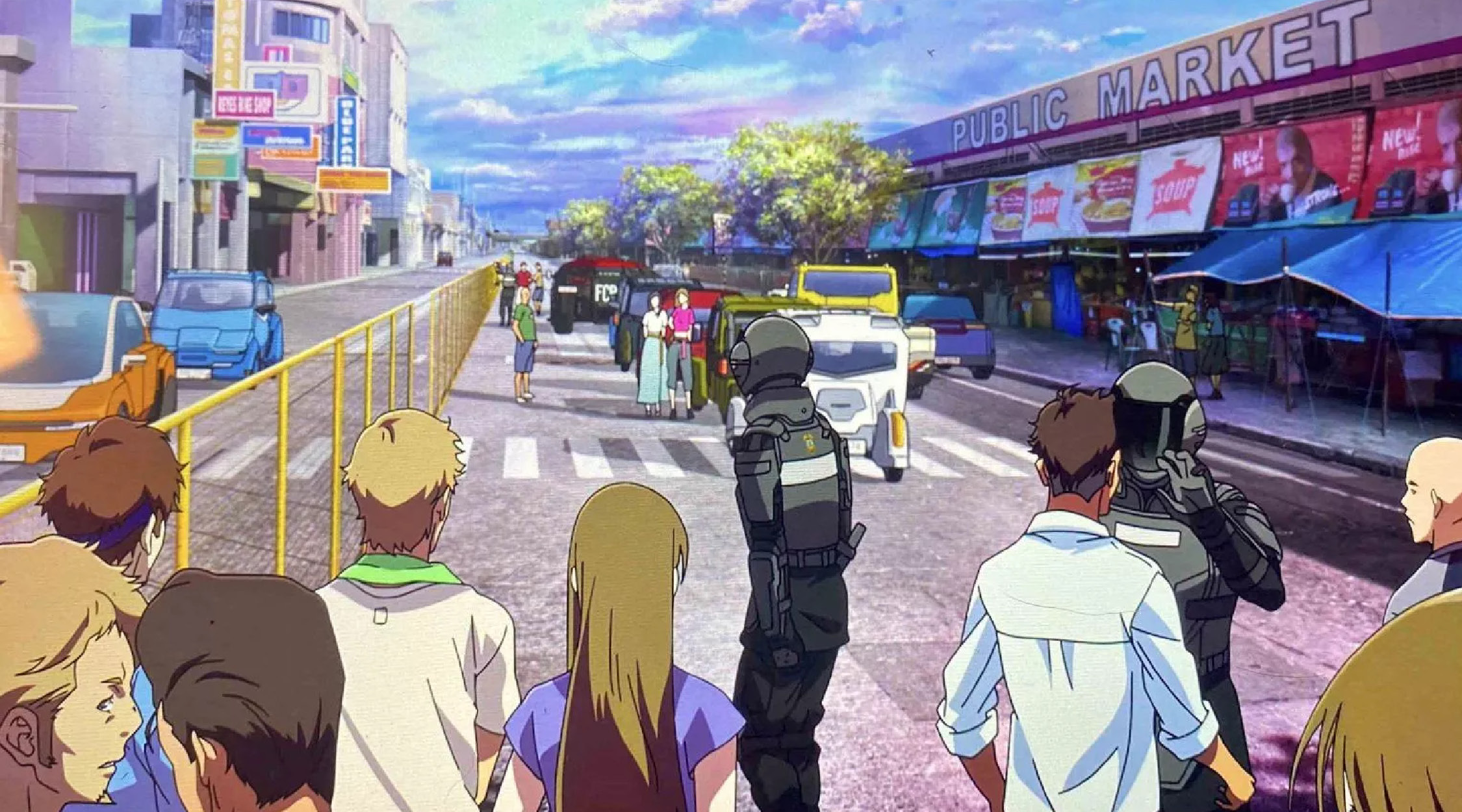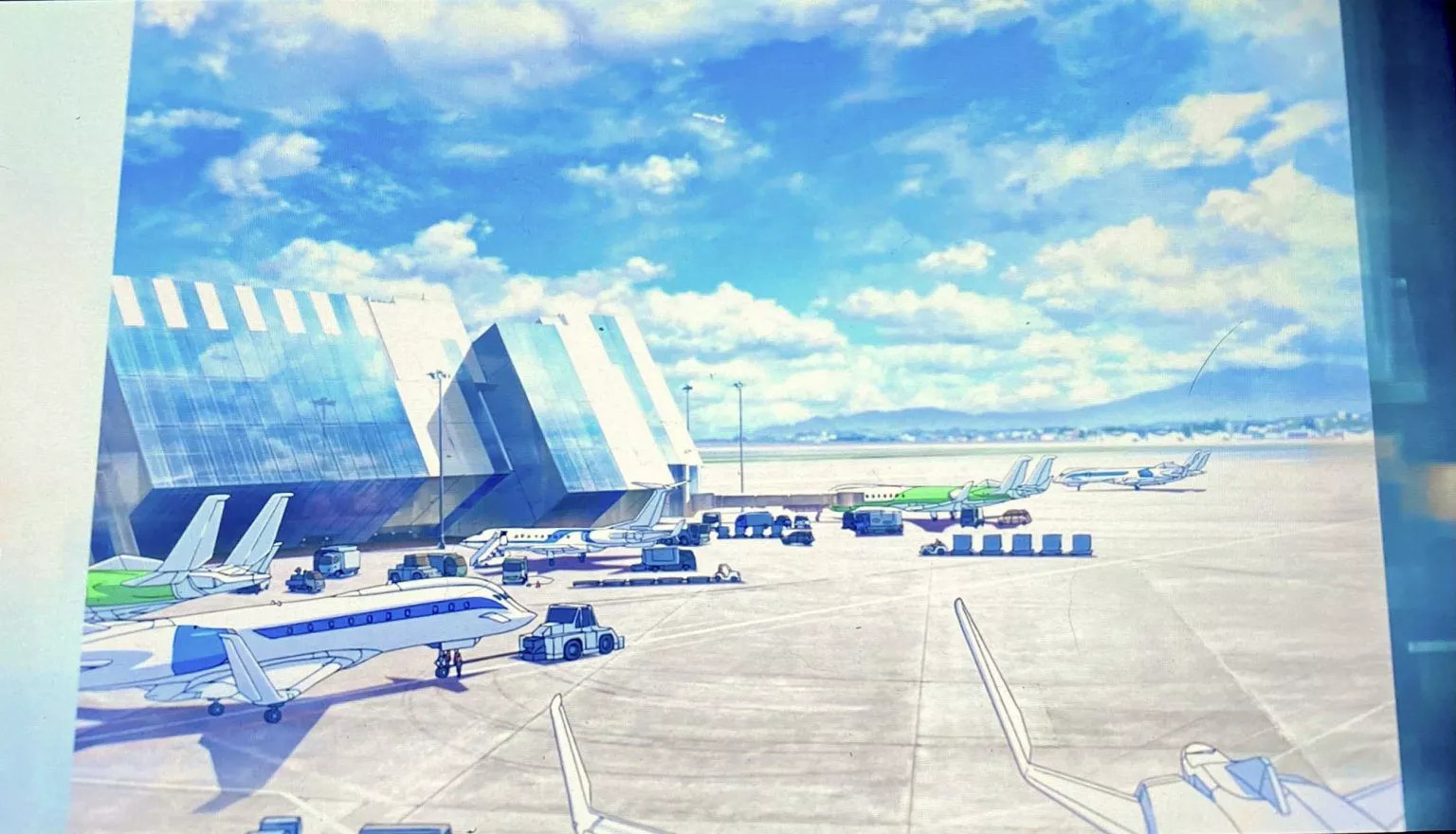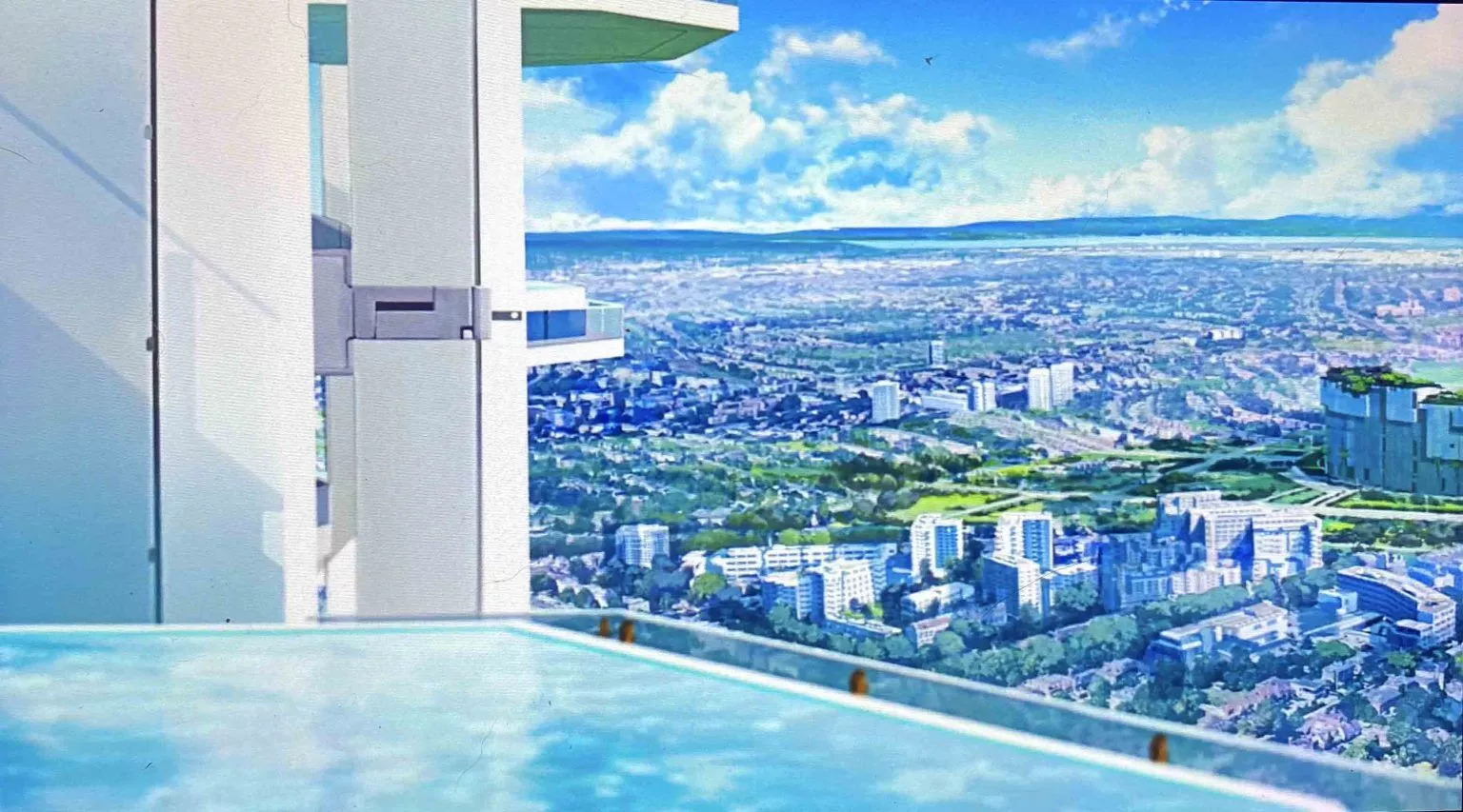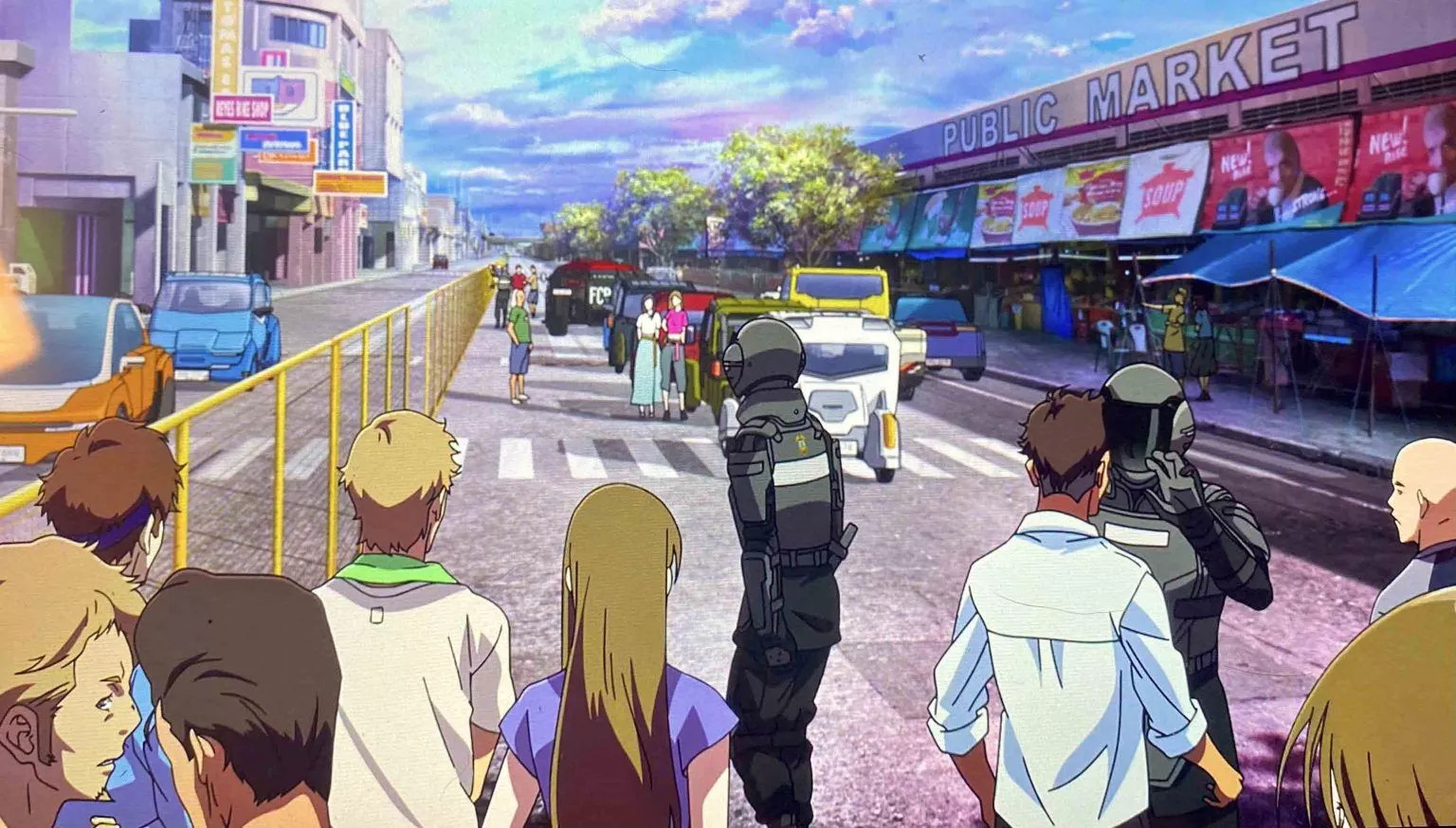
Imagined Worlds and Megacities: Anime as Architectural Narrative
Writers in film and animation incorporate architectural backdrops to assist in storytelling, with influences coming from medieval villages to futuristic metropolises. Architecture includes a wide array of elements that need to be studied, with each Architectural era attached to the context and history of the design alone. However, in film and anime, all of the context behind a building’s design can be condensed into a single frame, powerful enough to tell a thousand stories.
In Anime, most especially, writers incorporate various architectural backdrops to establish a spatiotemporal setting for the story. So when the story takes place in a real city, people can easily identify the place through the landmarks.

In the first of the newest movie trilogy of the much-loved anime franchise, The Mobile Suit Gundam: Hathaway’s Flash is set in Universal Century – the most developed timeline in the Gundam Universe.
12 years following the events in the 1988 Gundam film “Char’s Counterattack,” Hathaway opens the story in space, slowly descending to Earth and eventually landing onto a futuristic city in the Philippines.

The starting point of the story unfolds in Davao City where viewers are provided with a glimpse of an alternate, modern Davao where the streets are lined with electric cars and Mobile suits, patrolled by Earth Federation Officers.
The contrast between the city’s economically developed center and the poverty-stricken outskirts, along with new technologies and the evolving landscape demonstrate how nature coexists with progress. Such portrayal is reminiscent of the Gundam style, which creates a perfect environment for its characters.

References to Filipino culture such as the omnipresent Jollibee, the Tasaday Hotel where Hathaway checked in, such that Tasaday is the name of a controversial Indigenous group in Mindanao, and the T’nalak-inspired uniform of the hotel staff would be easily identified and appreciated. As such, how Davao came to be the setting for Hathaway’s Flash is something that fans, especially Filipino viewers, may be curious about.


Davao, for one hosted a fairly large Japanese community in the early 20th century, comprising almost 25 percent of the city population. Their imprints are still felt to this day in the city’s own “Little Tokyo.” At present, Japan only have two consulates in the Philippines, one in Davao and the other one at the Japanese embassy in Metro Manila.
Other than the history, there is also the logistical sense of placing the set in the Philippines. The base of operations of Mafty, the major organization in the movie, is in Sulawesi Island, which is within close range from Davao.

For most of us, relatability would be a factor in entertainment. With a sense of history, using a real-world setting can be instrumental for this purpose. While not all films do such kind of justice for existing places, the envisioning of Davao in Hathaway may be one of the most spectacular backdrops featured in anime franchise history.
Photo credit to Sunrise and Netflix. All trademarks and copyrights remain solely with Netflix and the Gundam Sunrise-Bandai franchise.


